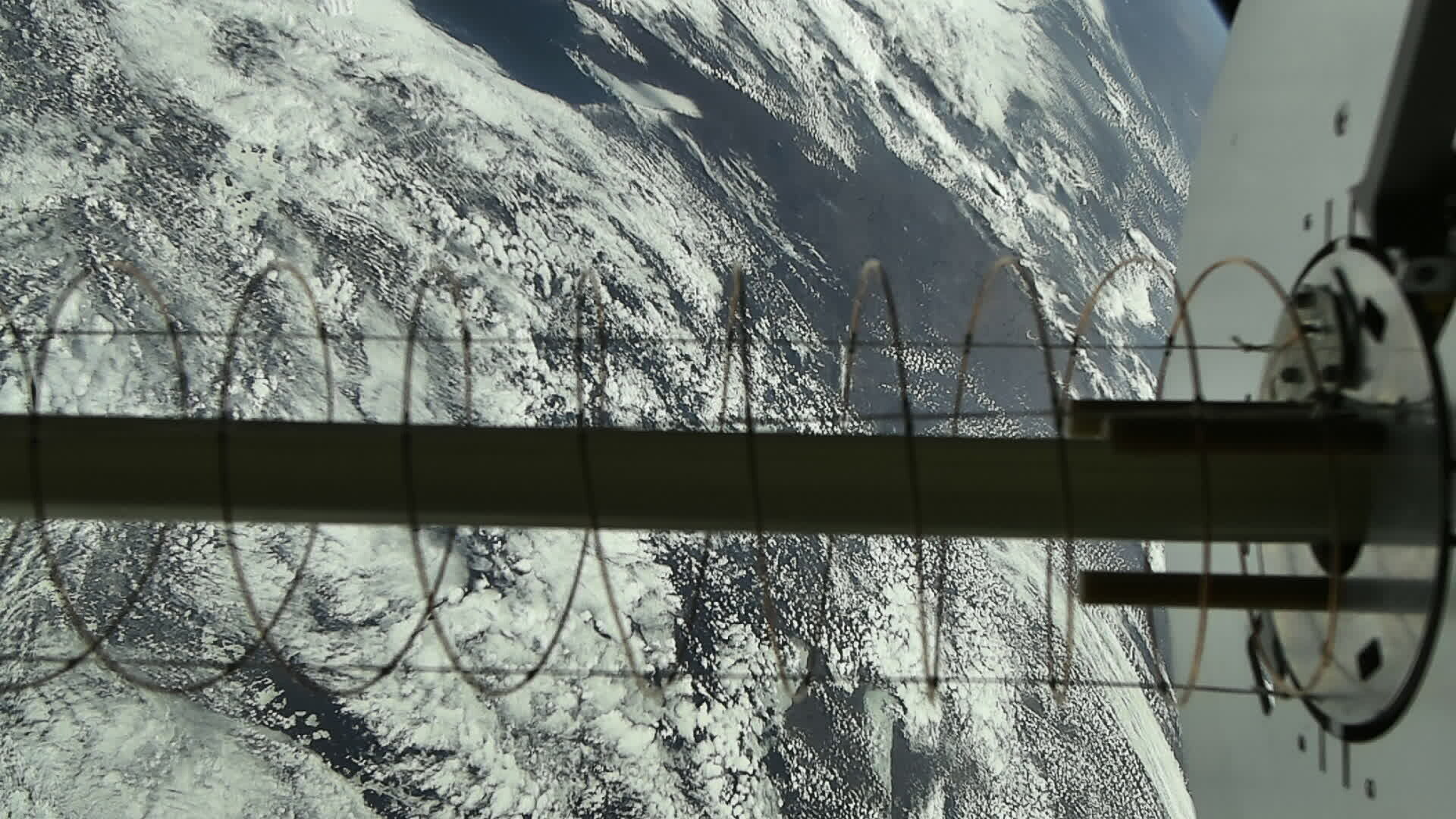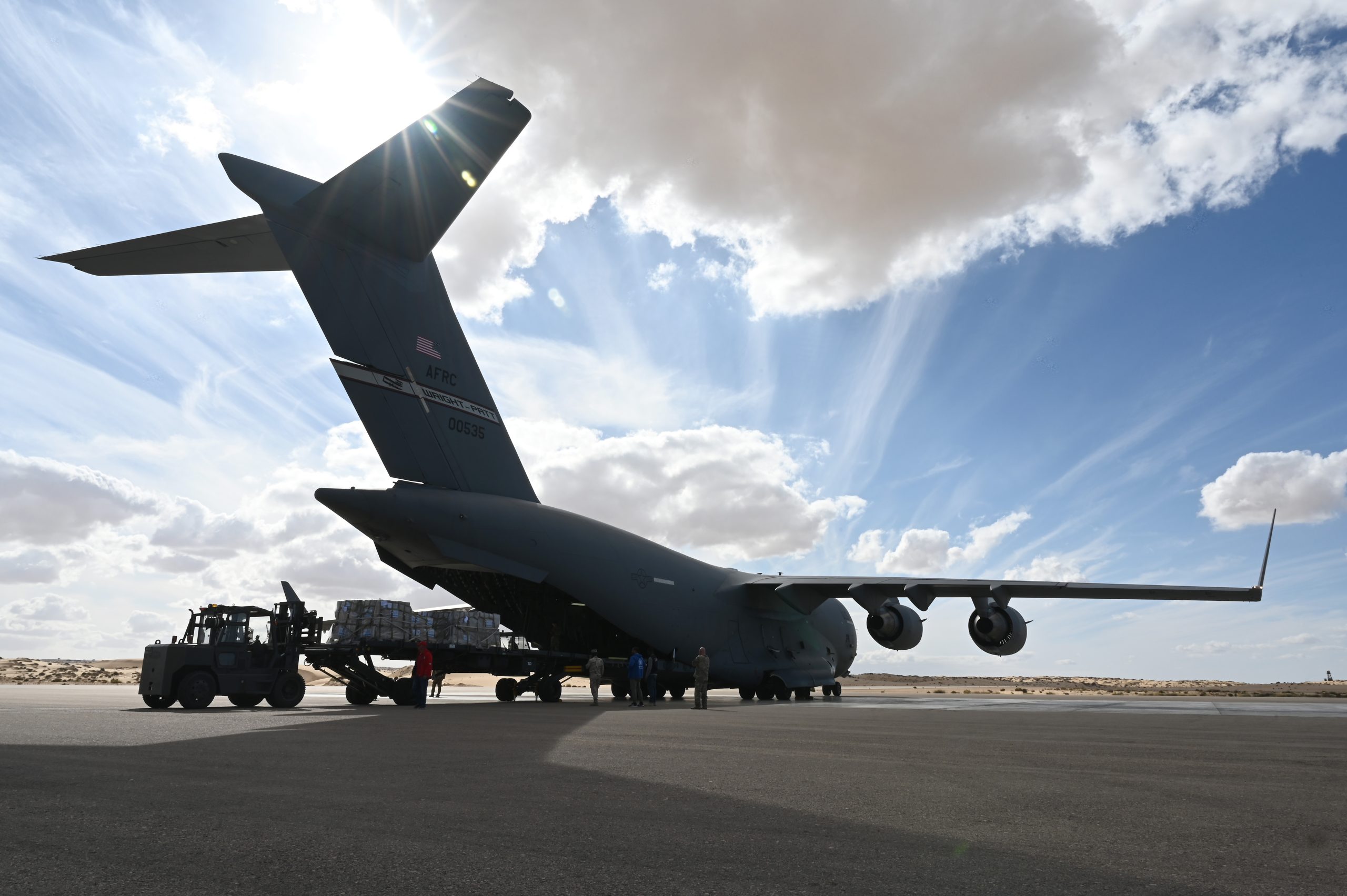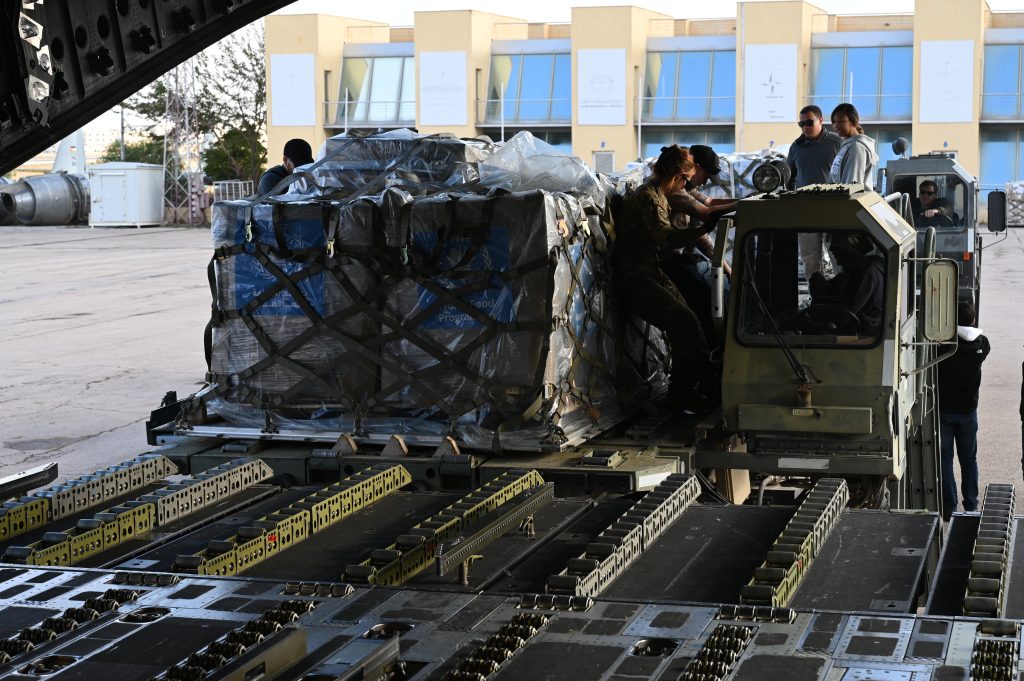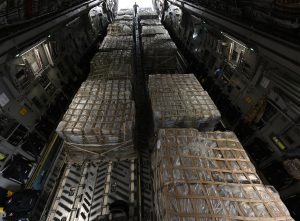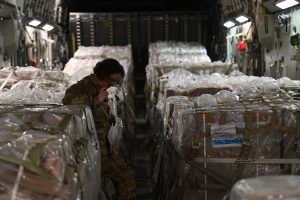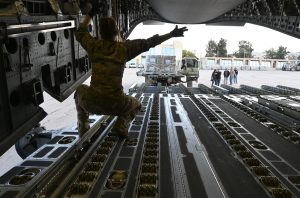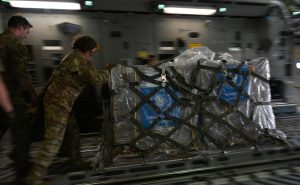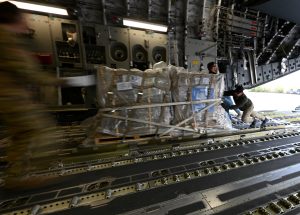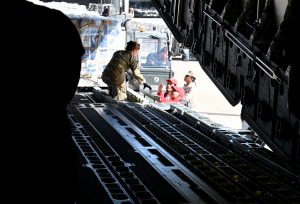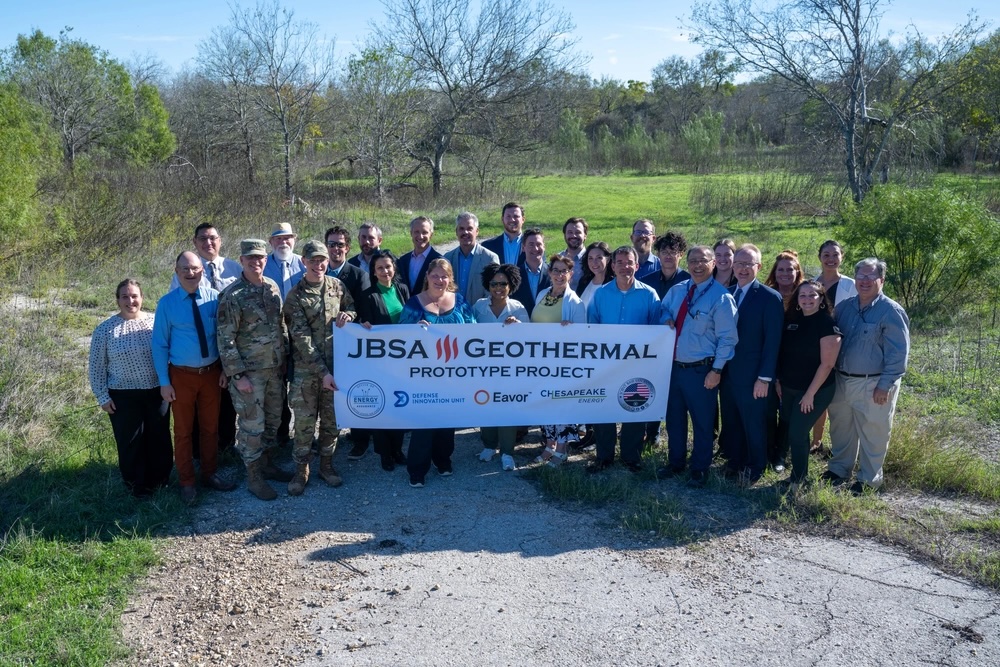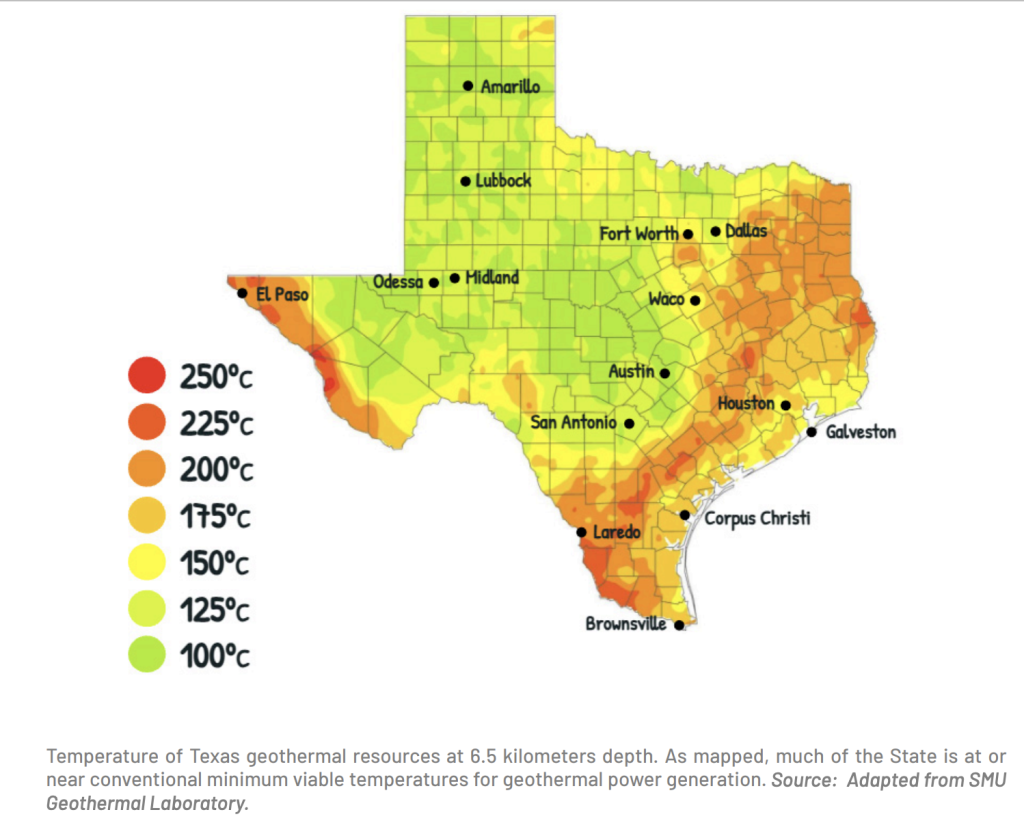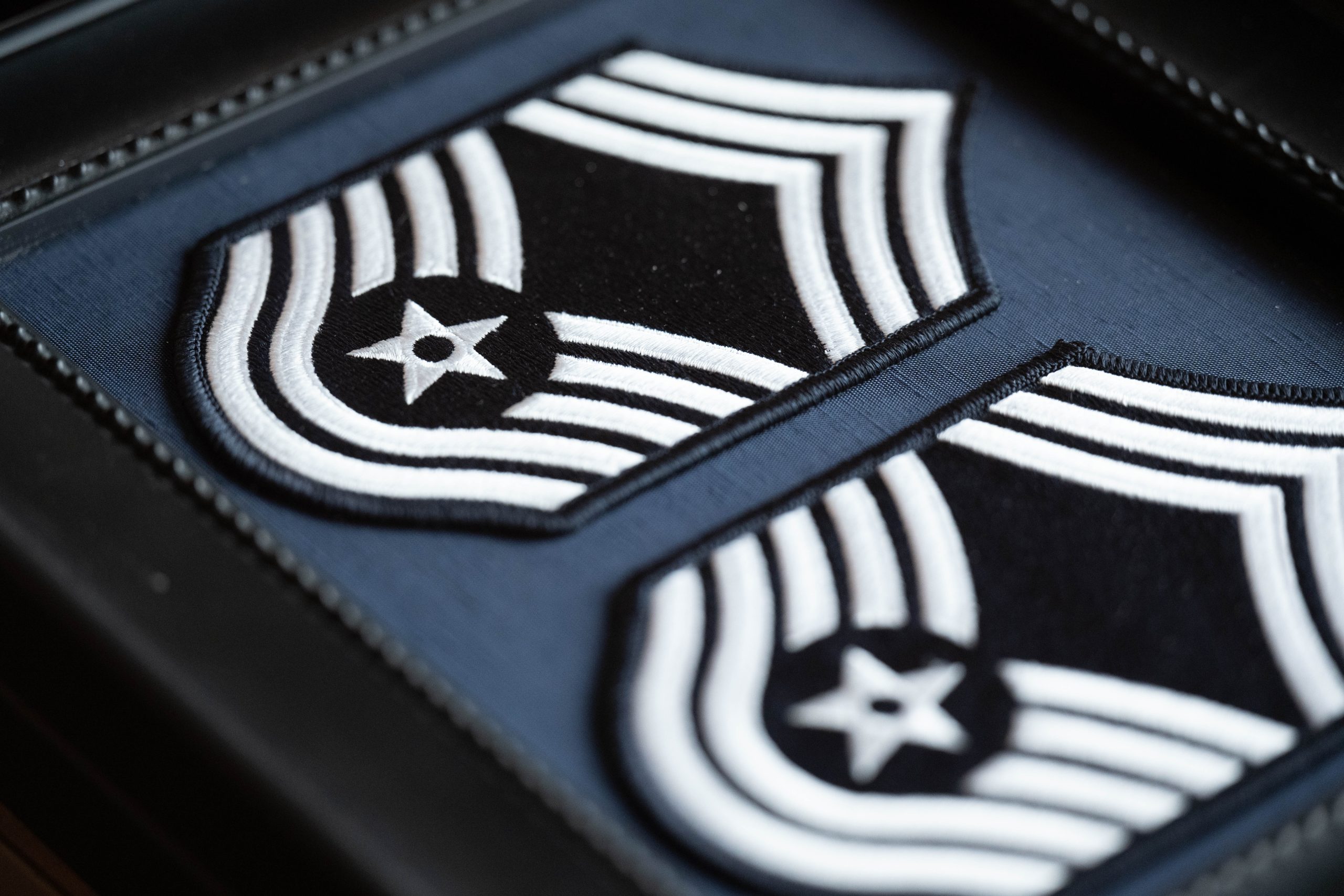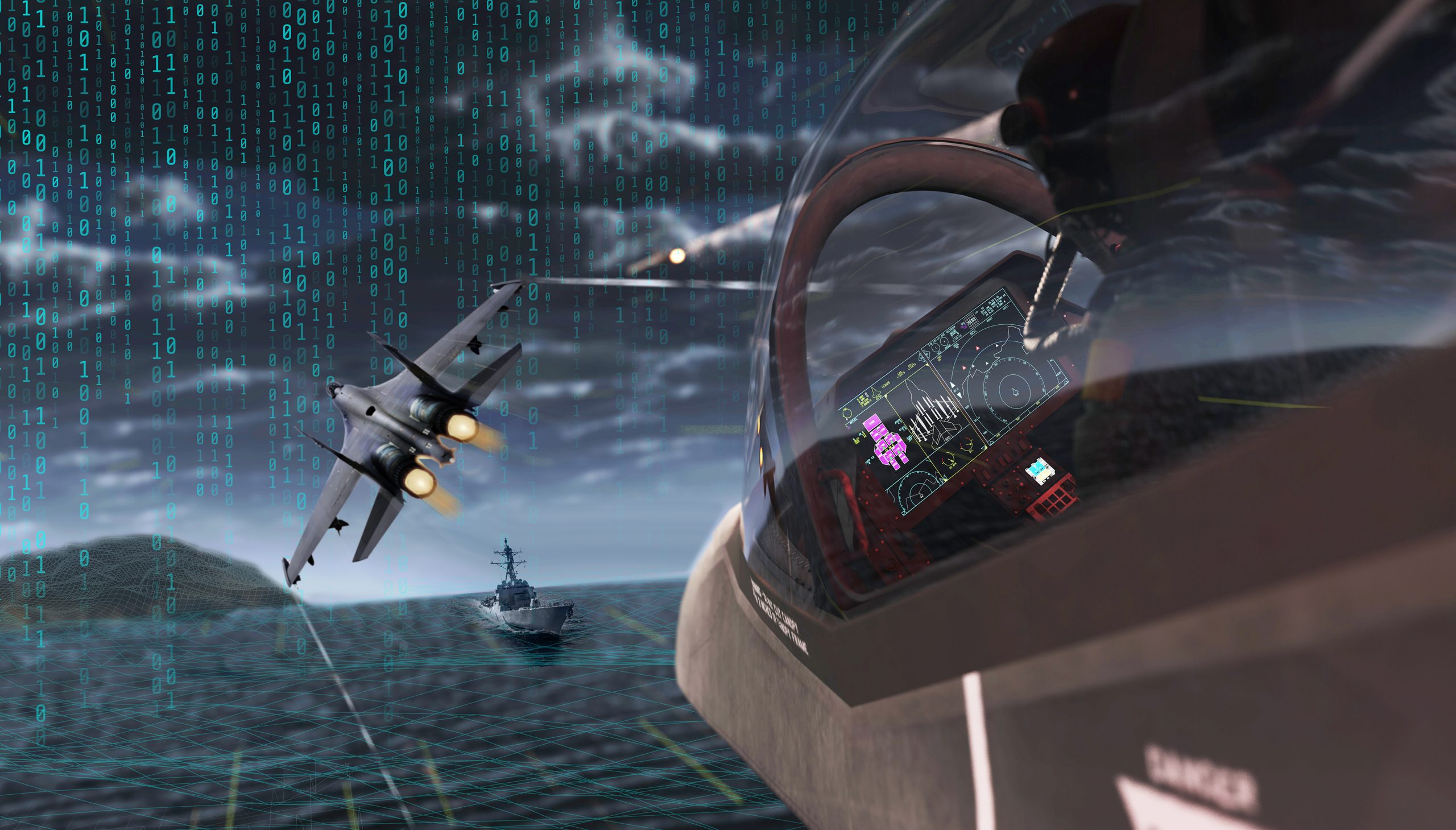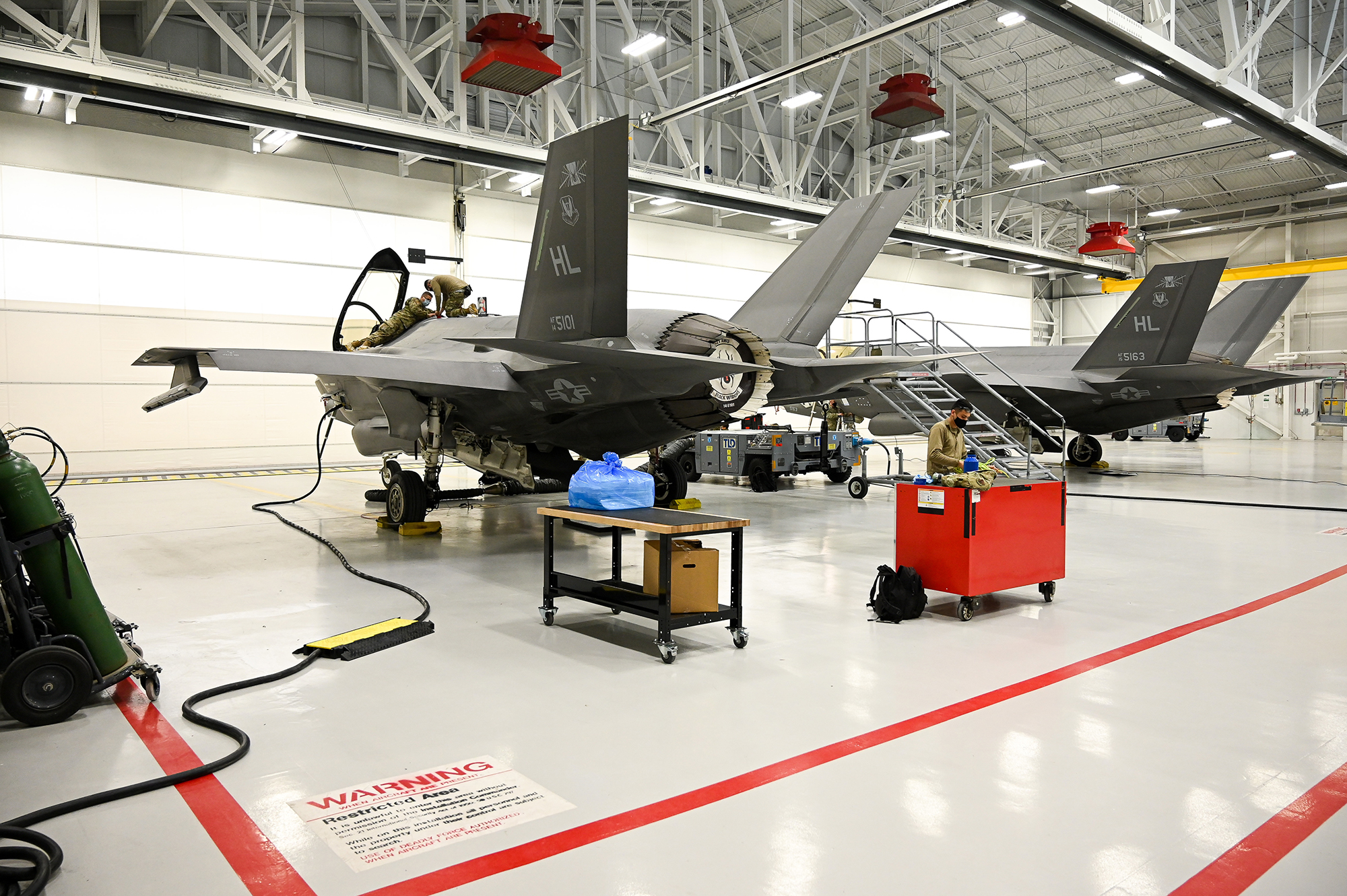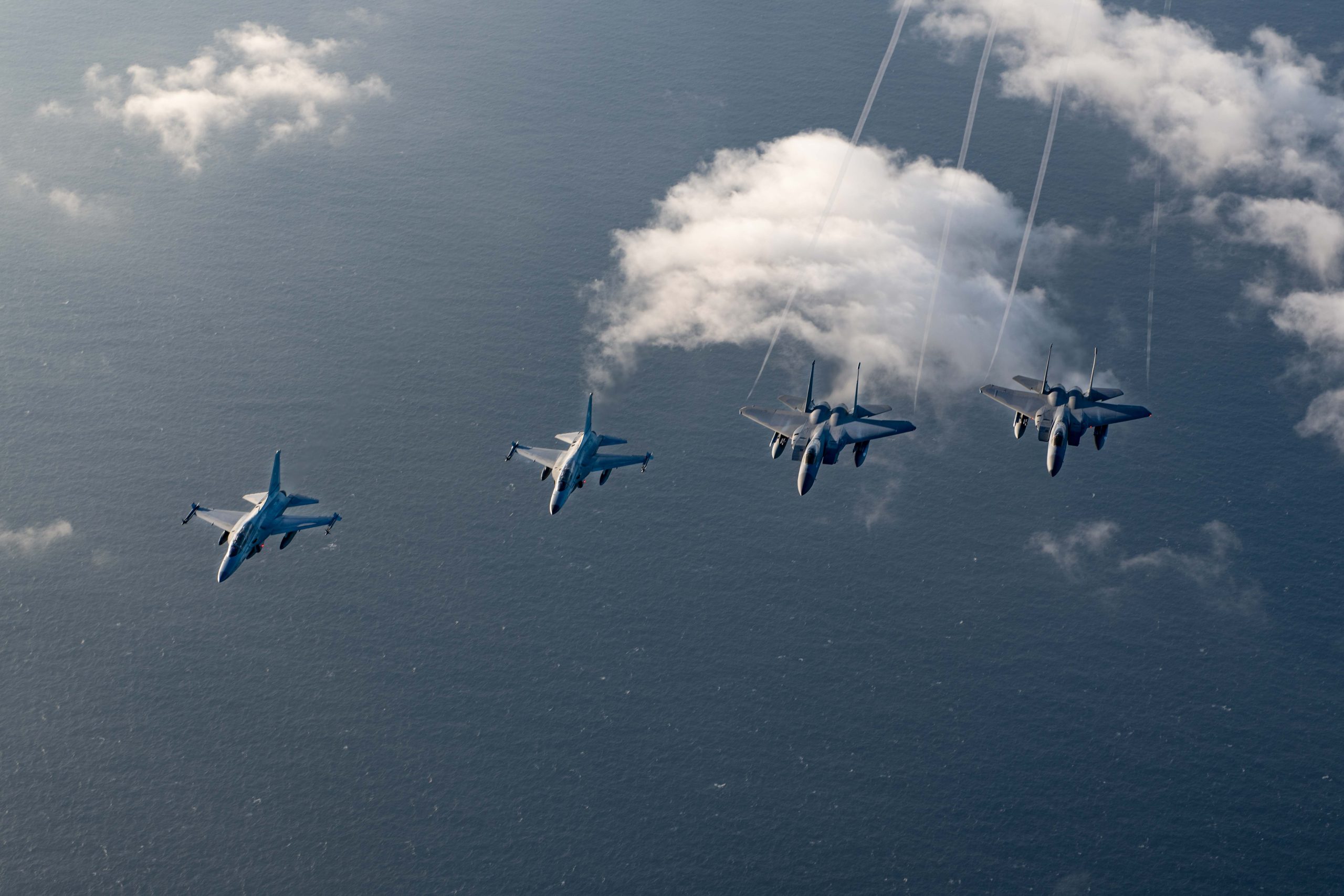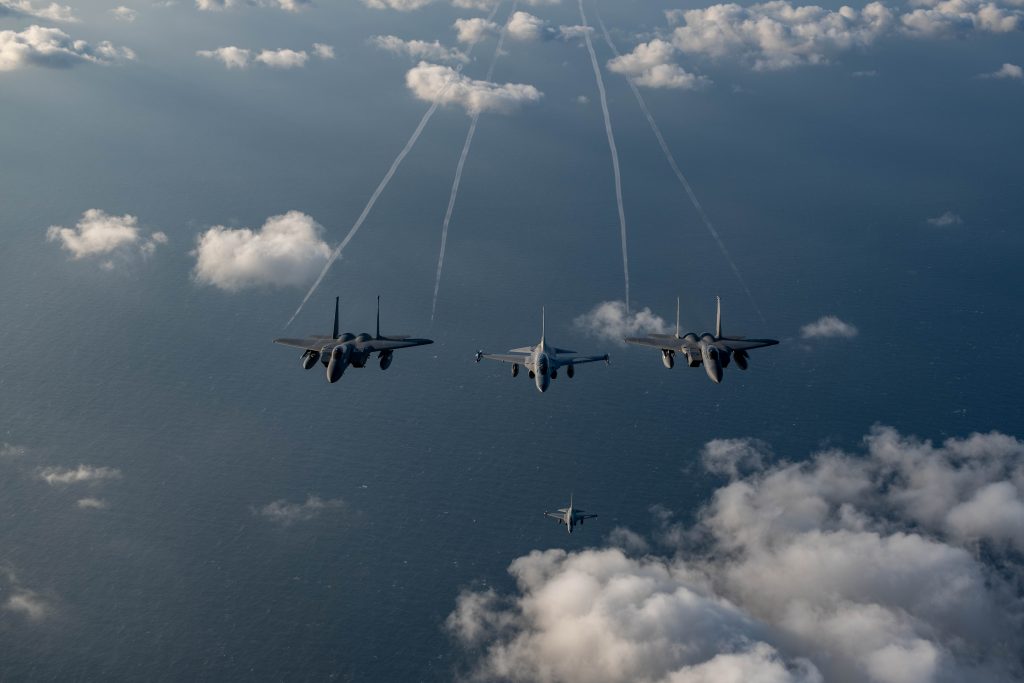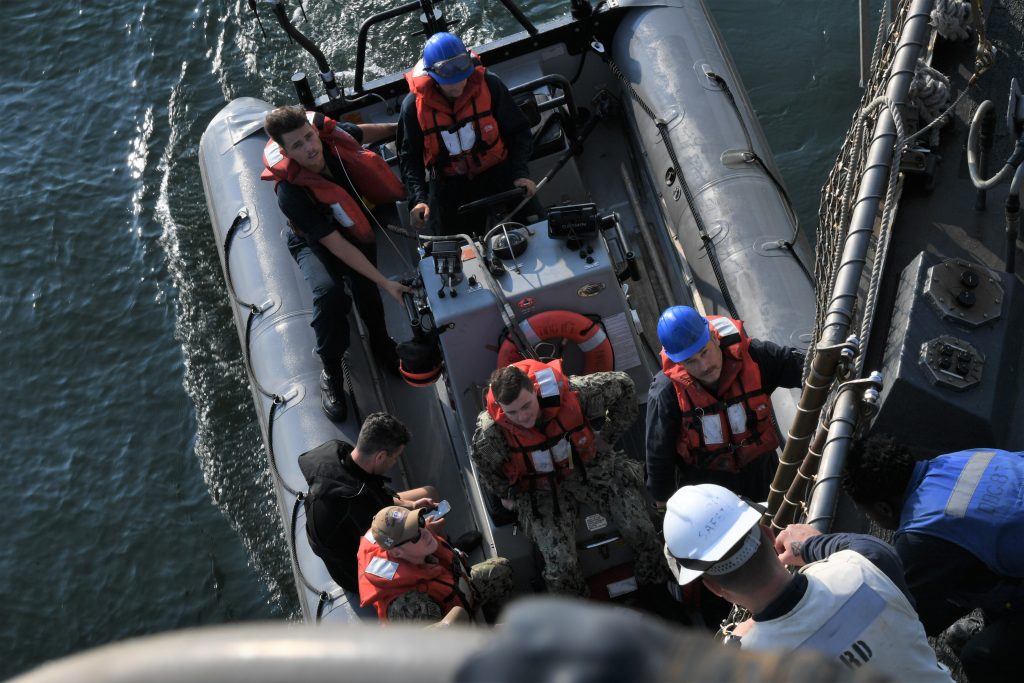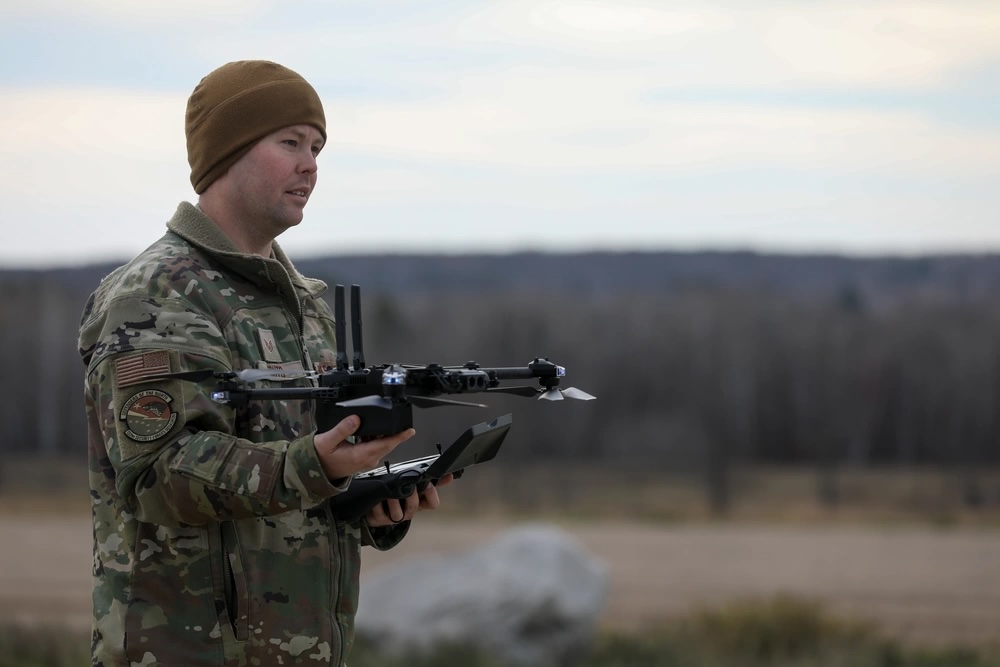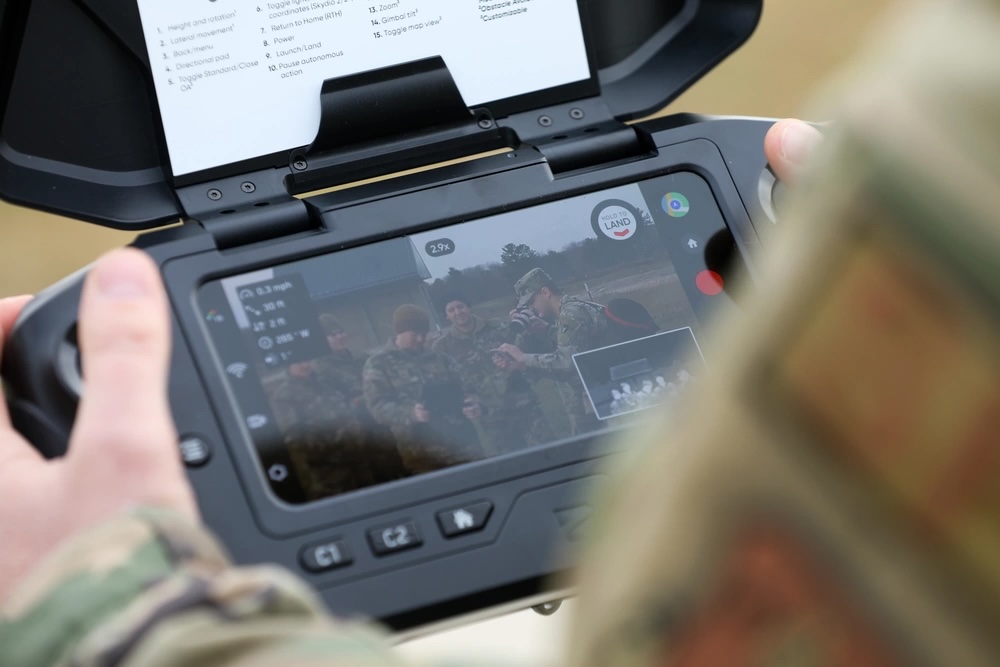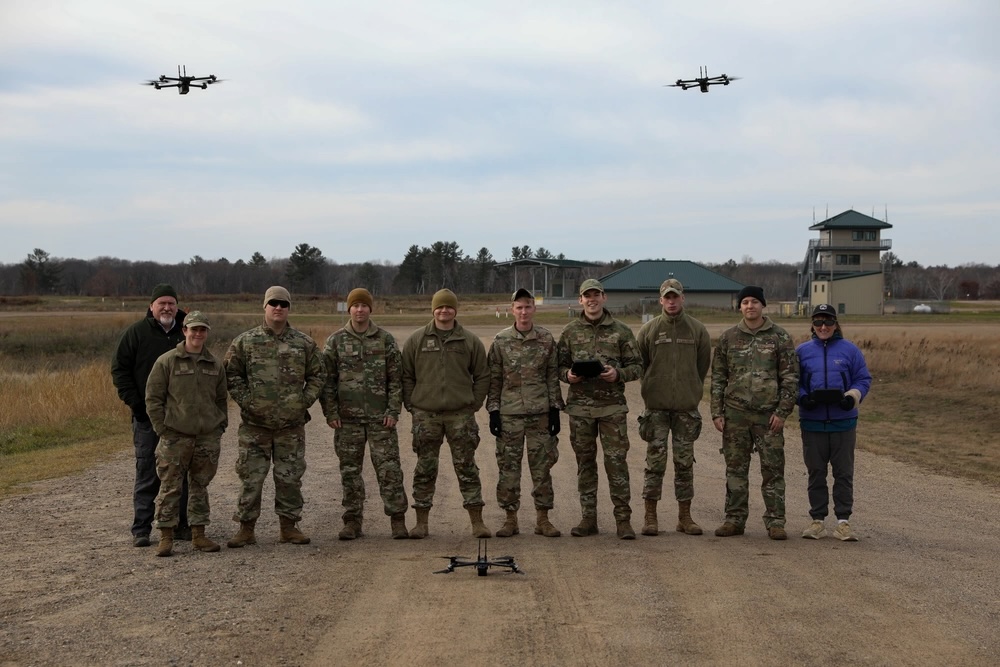The Space Development Agency (SDA) has demonstrated the first-ever Link 16 network broadcast from space to the ground, the agency announced Nov. 28—a key milestone for its new constellation of satellites.
In a release, SDA said it conducted three Link 16 demonstrations over the course of a week leading up to the announcement. The tests involved sending signals to and from low-Earth orbit (LEO) satellites to ground-based receivers using terrestrial radios.
Link 16, a tactical radio technology used by the U.S., NATO, and allied nations, facilitates secure transmissions of voice, text, and data. This real-time information sharing tool has previously been employed only in ground-to-ground or air-to-ground contexts.
The demonstrations are a crucial development for the Pentagon’s broader plans for Joint All-Domain Command and Control (JADC2), which will link sensors to military platforms worldwide.
SDA’s constellation of satellites in low-Earth orbit, dubbed the Proliferated Warfighter Space Architecture (PWSA) initiative, will form what officials have called the “backbone” of JADC2 in space. They will upgrade communications for military operators and allow for the sending of messages using Link 16 radios on space vehicles, even in scenarios where direct visibility is not possible.
“I can’t underscore enough the significance of this technical achievement as we demonstrate the feasibility of the Proliferated Warfighter Space Architecture and its ability to deliver space-based capabilities to the warfighter over existing tactical data links,” SDA director Derek M. Tournear said in a statement. “This is … the beginning of turning the world’s finest warfighting force into a truly connected beyond line-of-sight joint force.”
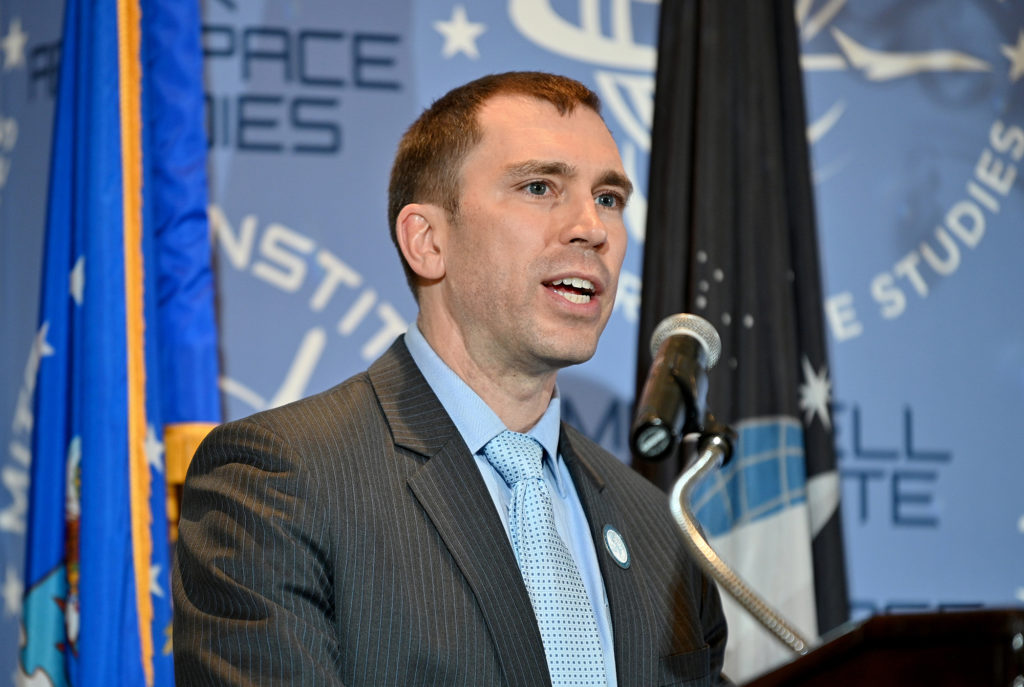
SDA faced hurdles before it could demonstrate the Link 16 capability, due to a dispute between the Pentagon and Federal Aviation Administration that has led to the restriction of Link 16 broadcasts in U.S. airspace. The agency had to get a waiver from the National Telecommunications and Information Administration to transmit a Link 16 message to a Five Eyes nation and over international waters.
Five Eyes is an intelligence network established between the U.S., the U.K., Canada, Australia and New Zealand—SDA has not specified in which nation the demonstration took place. In the long term, the agency wants to test Link 16 over U.S. airspace to prove PWSA’s feasibility in delivering fire control information.
For this first test, SDA utilized three Tranche 0 (T0) satellites built by York Space Systems in Denver, Colo. The 46th Test Squadron at Eglin Air Force Base, Fla., led the ground operations.
The T0 satellites used in the demonstration are from both of SDA’s launches earlier this year, with the first launch of 10 satellites in April followed by the second batch of 13 in September. A third and final launch for Tranche 0 is “scheduled for the near future,” the SDA release noted.
When completed, the T0 constellation will include 28 satellites, including 19 Transport satellites—used for data transport and communications—and eight Tracking spacecraft—for missile warning and tracking—along with one ground-based testbed satellite.
By late 2024, the agency aims to deploy the first operational Tranche of PWSA, Tranche 1. It will consist of 126 Transport Layer satellites, 35 Tracking satellites, and 12 tactical demonstration satellites.
